Ab initio theoretical modeling for predicting structure and properties in advanced materials
Summary
We develop first-principles-based methods for prediction of atomic arrangements and properties in advanced materials and develop tools for the prediction and interpretation of experimental x-ray absorption spectra, microscopy images, etc.
Description
Project activities include:
- Electronic structure of semiconductor-oxide interfaces.
- Thermodynamics of flexible microporous materials for gas storage
- Gas adsorption in microporous materials
- Analysis of topological materials, including magnetic topological insulators
- High-throughput screening of topological materials, dielectrics, ferroelectrics, thermoelectrics, etc.
- Interpretation of experimental X-ray absorption spectra in terms of local atomic structure
- Structure and electronic properties of defects in solid solutions
- Automation of tight-binding modeling for materials analysis
- Structural of low-dimensional materials
Related NIST Projects
Materials Genome Initiative: Searching the ICSD for new functional materials from first principles
JARVIS-Joint Automated Repository for Various Integrated Simulations
Recent Accomplishments
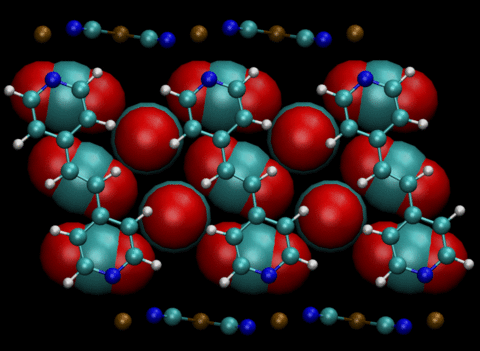
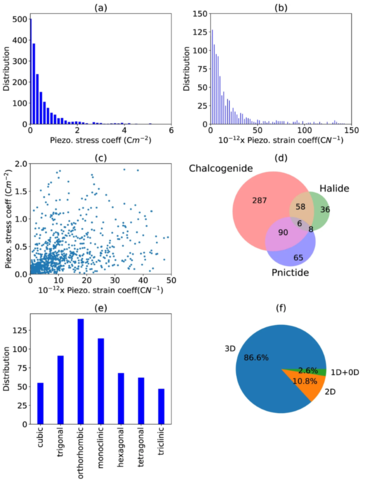
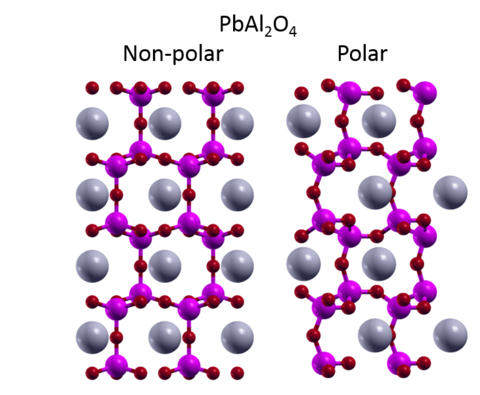
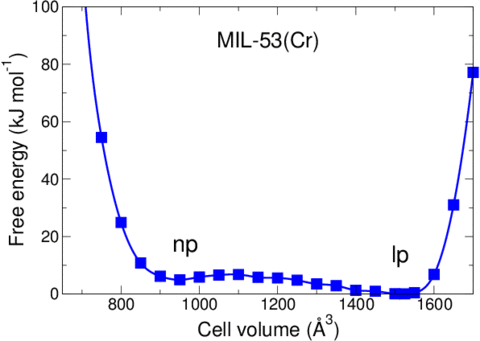
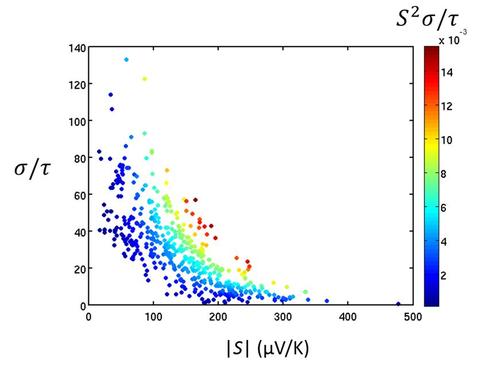
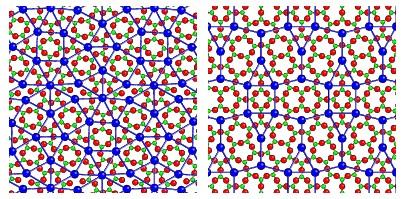
Selected recent publications
K. Choudhary et al. “High-throughput density functional perturbation theory and machine learning predictions of infrared, piezoelectric, and dielectric responses,” npj Comp. Mater., 6, 64 (2020) https://doi.org/10.1038/s41524-020-0337-2
K. Choudhary et al., “Computational search for magnetic and non-magnetic 2D topological materials using unified spin–orbit spillage screening,” npj Comp. Mater., 6, 49 (2020) https://doi.org/10.1038/s41524-020-0319-4
K. Garrity, “Combined cluster and atomic displacement expansion for solid solutions and magnetism,” Phys. Rev. B., 99, 174108 (2019) https://doi.org/10.1103/PhysRevB.99.174108
S. Chowdhury et al., “Prediction of Weyl semimetal and antiferromagnetic topological insulator phases in Bi2MnSe4,” npj Comp. Mater., 5, 33 (2019) https://doi.org/10.1038/s41524-019-0168-1
K. Garrity, “High-throughput first-principles search for new ferroelectrics,” Phys. Rev. B., 97 [2] 024115 (2018) https://doi.org/10.1103/PhysRevB.97.024115
V. Krayzman et al., “Local Structural Distortions and Failure of the Surface-Stress "Core-Shell" Model in Brookite Titania Nanorods”, Chem. Mater., 32, 1, 286–29, (2020) https://doi.org/10.1021/acs.chemmater.9b03762
E. Cockayne, “Density functional theory meta GGA study of water adsorption in MIL-53(Cr)” Powder Diffraction, 34(3), 227-232 (2019) https://doi.org/10.1017/S0885715619000587
A. J. Allen et al., “Structural Basis of CO2 Adsorption in a Flexible Metal-Organic Framework Material”, Nanomaterials, 9(3), 354 (2019) https://doi.org/10.3390/nano9030354
N. F. Quackenbush et al., “Accurate band alignment at the amorphous Al2O3/p-Ge(100) interface determined by hard x-ray photoelectron spectroscopy and density functional theory”, Phys. Rev. Materials, 2, 114605 (2018) https://doi.org/10.1103/PhysRevMaterials.2.114605
E. Cockayne et al., “Local atomic geometry and Ti 1s near-edge spectra in PbTiO3 and SrTiO3,” Phys. Rev. B., 98, 014111 (2018) https://doi.org/10.1103/PhysRevB.98.014111

